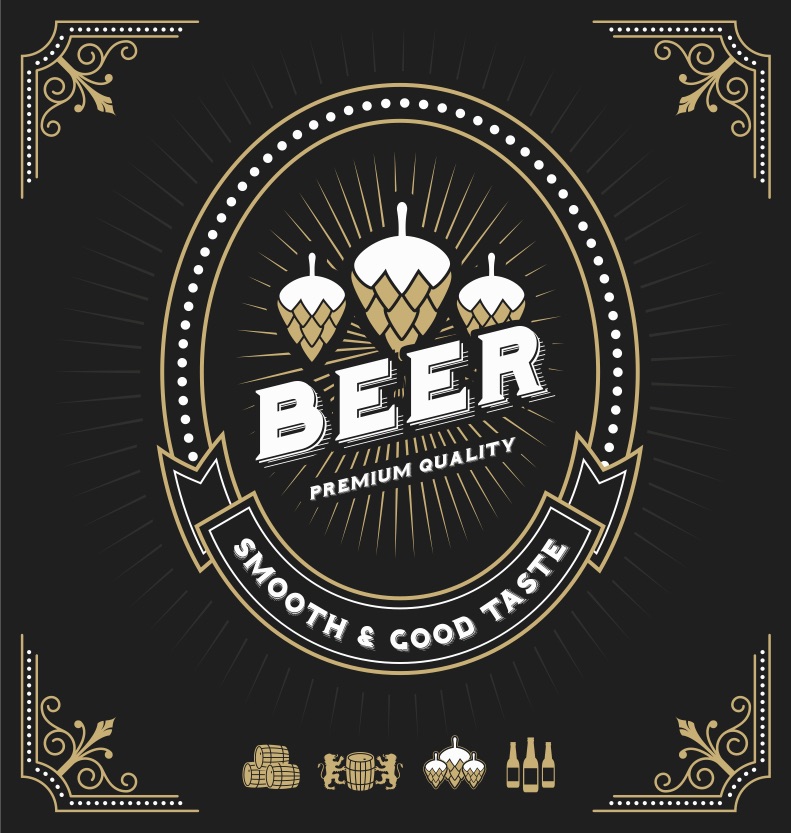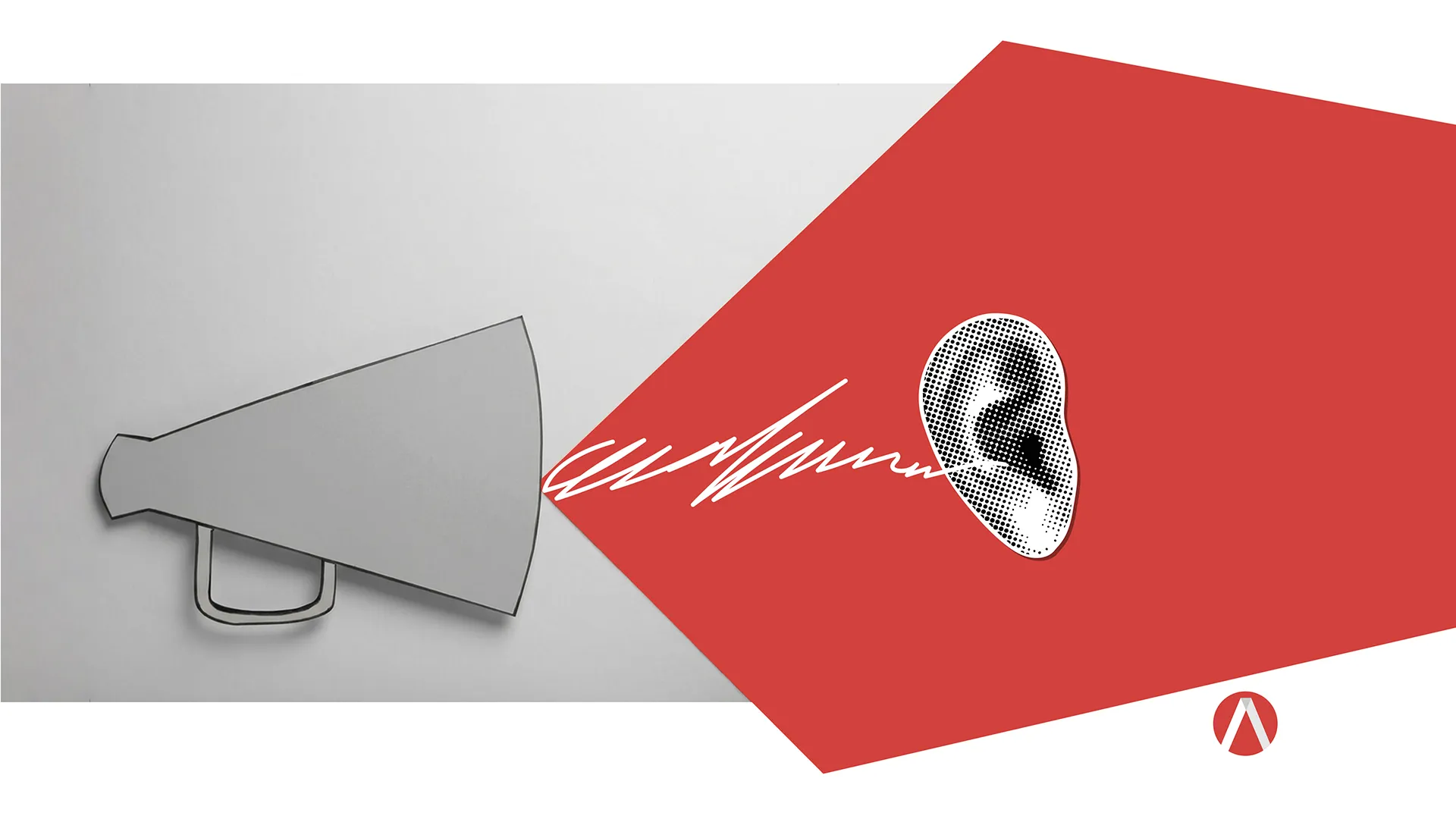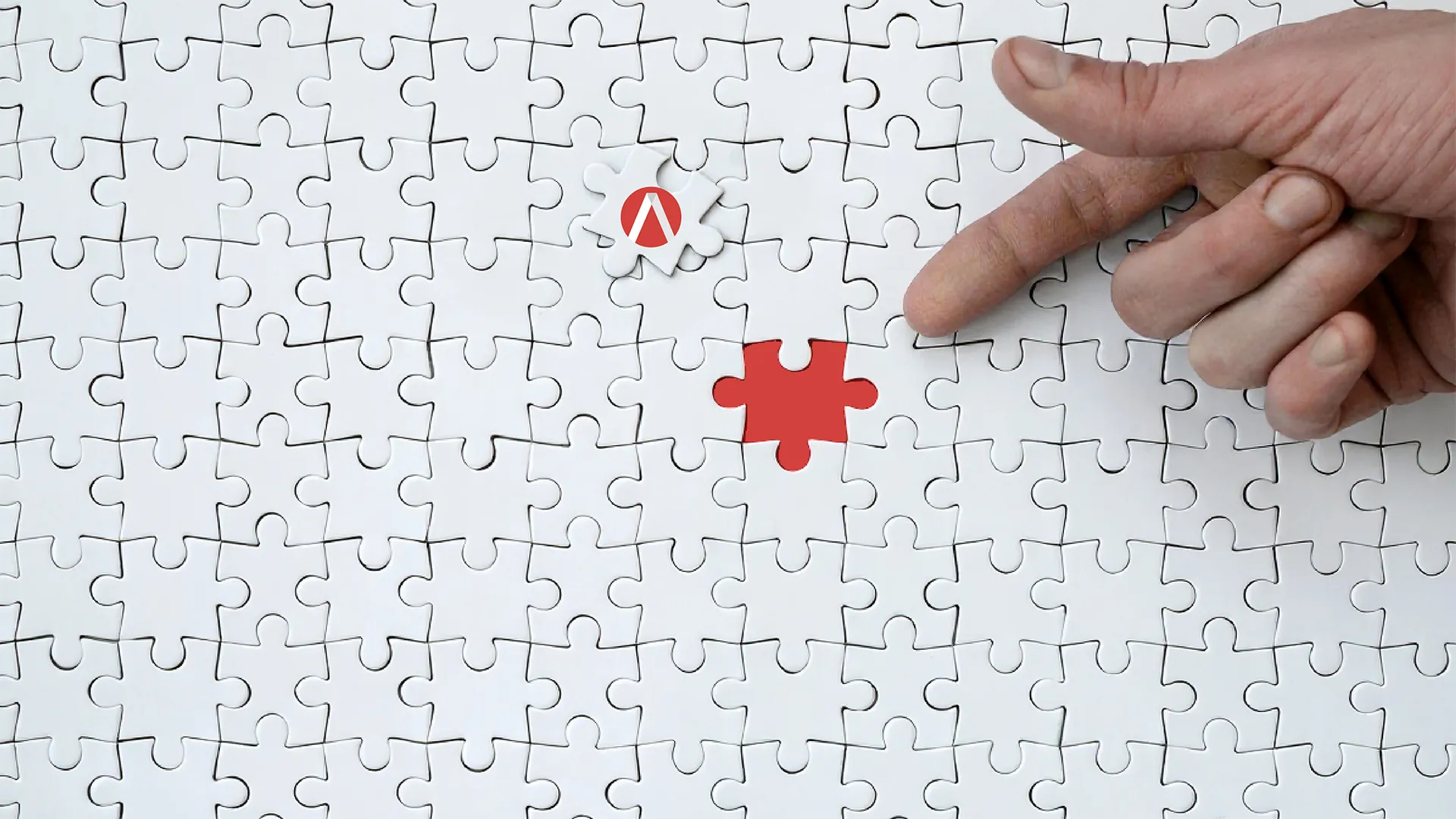Does your Craft Beer label say “Try Me!”? Consider these factors.
One of your most powerful marketing tools is your label, and the level of artistry and creativity in the industry is impressive.
There is no shortage of examples and articles touting things like 14 Breweries That Have Mastered the Art of the Label and 20 Brilliant Beer Label Designs or sites dedicated entirely the art of the industry like Oh Beautiful Beer.
With the impressive growth of the craft beer industry, the competition to stand out is increasing, and with it the pressure to deliver on the label. You might want to believe that just crafting a great brew is enough. But catching the consumers’ eye on the shelf and making sure that they can identify your brand in the crowd are important.
What are the keys?
Branding
Creativity and out of the box thinking are great, but only if they are aligned with your brand. You are building and telling your brand story in everything from the name, logo, labels, packaging, website, social media and of course your beer. Your brand identity exemplifies of your reputation through the conveyance of vision, mission, tone-of-voice, purpose, strengths, and passions.
As you started your business and developed your name, logo etc. you probably invested some time developing things like a mission statement and positioning or brand differentiation. These defining principles and values aren’t something that should just live in the business plan.
In fact, you might find it helpful for all of your marketing efforts (website, social media, etc.) to keep a checklist printed and visible to help make sure you align with your vision.
Mission and Vision Statement
• What are the guiding principles that define your companies approach?
• What are the specific market needs that your company addresses?
• How would your customers describe your brand?
• Where do you want to be in 5 years?
• What is unique or distinct about your brand?
Essence and Personality
• If your brand was a person, how would you describe its personality?
• Are you lighthearted and fun?
• Serious about the craft and connoisseurship?
• Is your location/region city part of your definition?
• Are you aligned with an activity or lifestyle?
Position or Value Proposition
• To whom are you speaking? (target market demographic).
• What market segment do you serve?
• What is your brand’s promise, but rational and emotional?
• Why is your beer different from the competition and why should your customers care?
Understanding the Consumer
There is a lot of research concerning the craft beer drinker and the more you understand the customer the better. For example, research indicates while beer drinkers overall are brand loyal, 33% will primarily stick to one brand, only 12% of craft beer drinkers report brand loyalty. Sampling and discovery is a big part of the craft beer experience.
According to research the top 5 factors influencing the craft beer purchase are style (IPA, Wheat etc.), full-bodied flavor, brand, and on sale or promotion.
Style and taste matter and research shows that the craft beer consumer relies on information on the package or at point of sales to help guide them. They are adventurous and willing to try new brands, but given the overwhelming number of choices, they want information to help them experiment within the parameters of their preference.
So in addition to really great design that is on target with your brand guidelines, make sure your descriptors are prominent and helpful.
Also keep in mind the value of cohesion across your products. If all of your cans or bottles are lined up next to each other on the shelf, is it clear that they are all from your brewery? Not only will this consistency help build your presence and brand, it will make it easier for your customer to find you and encourage sampling within your own lineup.
Product options
While your labeling equipment may dictate your options, you have all the technical and product choices to consider. Cut and stack? Pressure sensitive? Shrink sleeve? Each has their merit and should be evaluated based on utility, look and cost.
Cut and stack is versatile with endless options of paper and film and bottle options, pressure sensitive is often the entry choice, and the shrink sleeve which allows for 360 degree imaging. Here is a nice overview.
These choices should be considered before you go to design because the variables here and materials will have an impact on the final look and feel. Also, be sure to design to your bottle or can and evaluate it that way. Your customer won’t view this artwork flat, so be sure to evaluate it that way.
Of course, it is essential to become well versed in the Tax and Trade Bureau’s (TTB) requirements and here is a good reference.
And finally, consider the environment and supportive materials.






